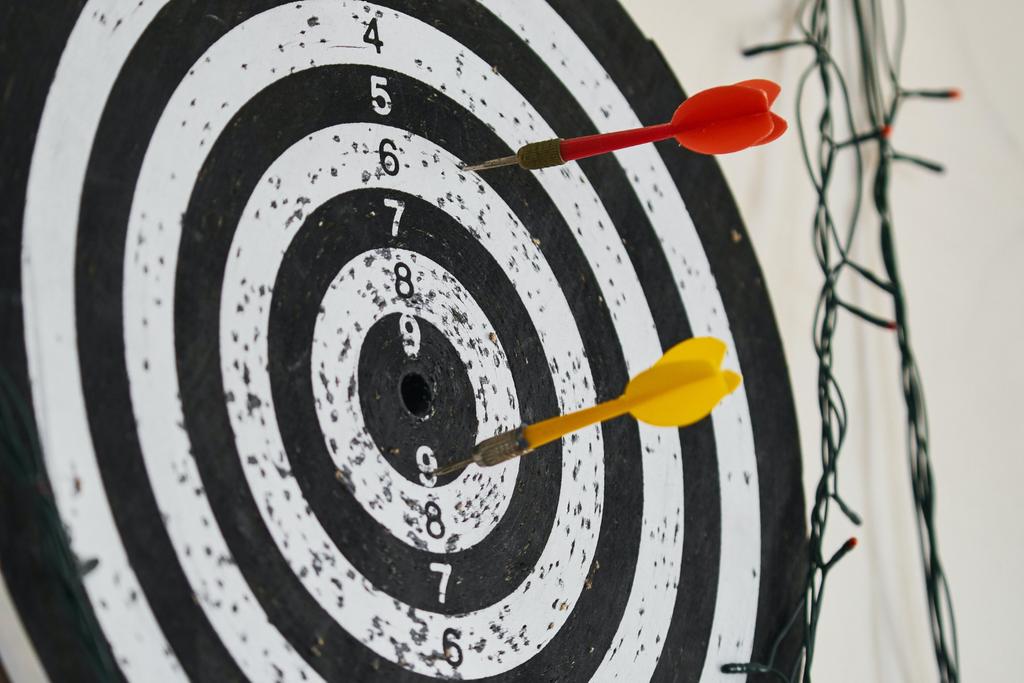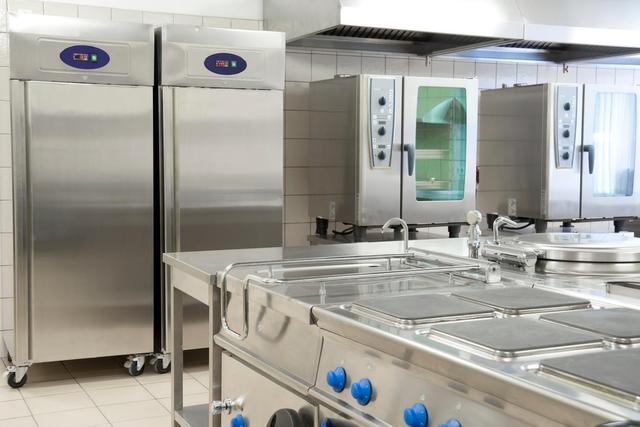Not sure what are the objectives of a restaurant?
Do you want to set goals for your food business?
Restaurants, like other types of businesses, must have objectives that allow them to grow in different ways.
Whether you want your restaurant to be more profitable, to have more presence on social media, or to retain as many customers as possible, you should set realistic goals that help you achieve these things.
In this article I will talk to you about:
- The objectives of a restaurant and their importance.
- The two main types of goals you should set.
- And the steps you need to take to create realistic and achievable goals.
There are many benefits that you can take advantage of in your business by creating the right goals. Furthermore, a business without objectives is bound to fail, stagnate, and become a source of frustration for the owner.
This article will help you avoid that at all costs!
Goals of a Restaurant
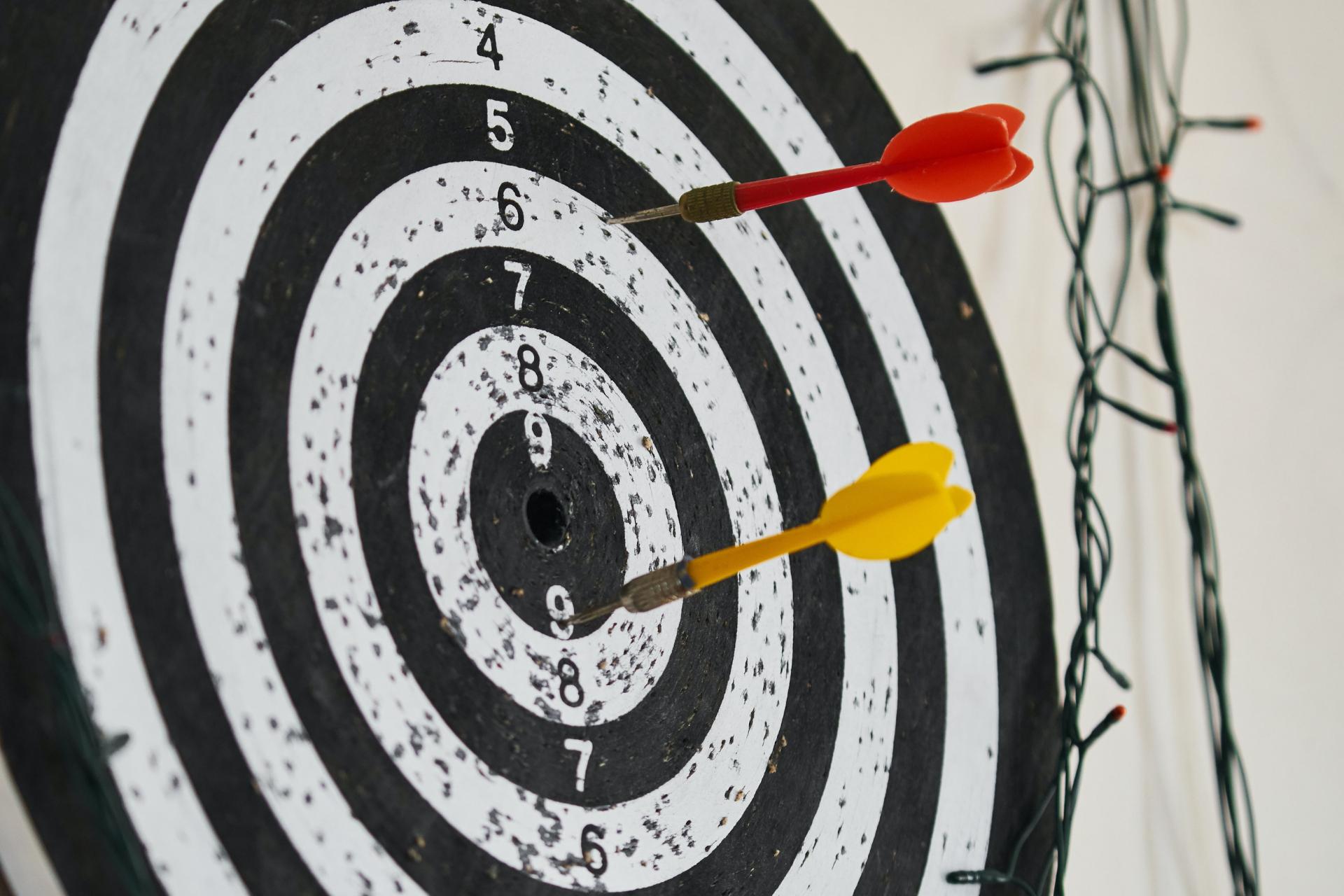
The goals of a restaurant are vital for it to function properly.
After all, the objectives of your business are your north and should be established when developing the business plan.
You cannot have a business without objectives because very soon you will discover that you do not have a philosophy that encourages you to improve in everything you do with your restaurant.
This is also important to define the mission, vision, and values of your business.
Having clear and defined goals will also help you:
- Train your staff to strive to achieve those goals.
- To have a strategic mindset regarding each activity carried out in your restaurant that influences those objectives.
- To create a growth plan that allows you to develop your restaurant in different areas.
- And to maximize your profits, profitability, and sustainability with the correct objectives.
If you do not have clear objectives, you will be missing out on these benefits, which will subtract power and potency from each of your efforts or your employees’.
This can also affect the perception that your customers have of your business, which after a while will be stagnant, stunned, or not very original.
As a consequence, it could also cause your business to fail due to lack of innovation, monetary problems, or many small problems that became catastrophic when added together.
Next, I will tell you about the two main types of objectives of a restaurant.
The General Objective of a Restaurant

The first type is the general objective or objectives of a restaurant. These are goals that are, as the name implies, less defined.
They can be of different types, such as:
- Increase sales and profits.
- Increase the exposure of the restaurant.
- Keep the restaurant profitable at all times.
- Keep the gastronomic offer of the restaurant inexpensive or low-cost.
- Maximize the sustainability and efficiency of the restaurant.
The general objectives are a bit more strategic since, to achieve them, you will have to make a series of decisions that bring you a little closer to this favorable result.
Many general goals are long-term or infinite in some way in the sense that there will always be a new way to "achieve" them.
For example, "increase sales and profits" is a goal that is based on records or milestones that you can overcome with your business eventually if you make the right decisions.
Specific Objectives of a Restaurant

The specific objectives of a restaurant are less strategic because they must have exact steps that you must follow to achieve them. In turn, the specific objectives contribute a little more to the general objectives.
Also, the specific objectives of a restaurant are longer. Here are some examples:
- Maximize sales by studying and optimizing opening hours to take better advantage of peak hours or hours that are proven to generate the most sales of your most profitable dishes.
- Improve the online exposure of your restaurant by optimizing its social media presence, creating a website, and applying an SEO strategy with high-performance keywords.
- Create a customer loyalty strategy that connects with your clients in the different channels of the restaurant and create an email marketing campaign to send offers that help build loyalty.
- Improve customer service in the restaurant by training your staff to use sales scripts, improve their problem-solving skills, diction, and manners while interacting with customers.
The specific objectives of a restaurant are different in that they can be updated or changed as they are achieved.
However, it is a good idea to also create an infrastructure that allows the changes to be permanent. This way, you will avoid wasting time on goals that you have already achieved, but that have declined over time.
For example, you can achieve the goal of improving customer service with all the steps I mentioned above, but if you don't set these to be applied to every new employee, the quality of service will eventually decline once you hire new people.
Specific goals are a bit more complex, however, they are easy to set if you follow the correct procedure.
Steps to Create Goals for a Restaurant

Now I’ll give you the specific steps you must follow to create goals for your restaurant.
The purpose of these steps is to:
- Create goals that are achievable and realistic.
- Create measurable goals.
- Create objectives you can create infrastructures or systems around to make sure that they do not decline once you have achieved them.
- Create a specific plan that allows you to achieve each goal.
It should be noted that I have created these steps based on the SMART strategy for creating goals.
Therefore, the type of objectives that you will be able to create with these steps will be specific goals.
As an example, I'll use the goal of maximizing the number of takeout or delivery orders.
Let's start with the steps!
1. Make Sure the Goal Is Specific

The SMART strategy from the beginning says that the objective has to be specific.
Therefore, you must create objectives with specific and reduced results, instead of results that will have a great impact on your business.
Think of goals that are like a grain of sand in an hourglass — the overall goal is achievable once each grain of sand is at the bottom.
My goal is:
Maximize the number of delivery orders by 50%.
Let's say my restaurant receives about 100 delivery orders each month and that this is a new service.
The general goal that this specific goal would be helping is to maximize my restaurant's sales.
2. The Objective Must Be Measurable

Making sure your goal is measurable requires several things.
You should make sure that:
- Your objective is specific.
- That you have the correct tools to collect data.
- That you can isolate specific data that allows you to calculate the result.
For my goal, I need to increase my restaurant's delivery orders by 50%, which translates to 50 more orders per month.
I will need to obtain specific data to be able to measure these objectives.
For that, I will use the Waiterio restaurant POS system and the web page that is automatically created for my business.
In order to isolate this data, I will recreate the dishes on my menu, but I will add the label (delivery). I will also add the cost of the service, the cost per container, and more as ingredients of the dish to justify a small price increase.
This way, people who want to use the delivery service will be able to choose these specific items easily and this will also provide me with data to calculate the performance of the service at the end of the month.
3. The Goal Must Be Achievable

This step means that you need to make sure your goal is as realistic as it can be.
In my case, I know this goal is achievable because this delivery service is relatively new in my restaurant.
That means that I can optimize it in different ways, improve my marketing strategy, and improve other aspects of my business to increase the number of orders per month by 50%.
However, wanting to increase my restaurant's delivery orders by, say, 250% right away, is a bit of a stretch — although I won't deny that it would be great!
In that sense, you must create goals that are realistic and possible, and avoid wanting to achieve impossible goals that will only cause you frustration or make you question your methods.
I recommend that you start with small goals so that you can easily adjust your strategies.
4. The Objective Must Be Relevant

This step means that you need to make sure that each specific goal you are creating is relevant so that you can achieve the overall goals of your restaurant.
In my case, my general goal is to maximize my restaurant's sales and profits.
Therefore, I am quite sure that my goal of maximizing delivery orders is relevant to further improving my sales.
Whenever you have doubts about whether your objective is relevant, study the influence it will have on your general objectives to confirm it.
5. The Goal Must Be Timely
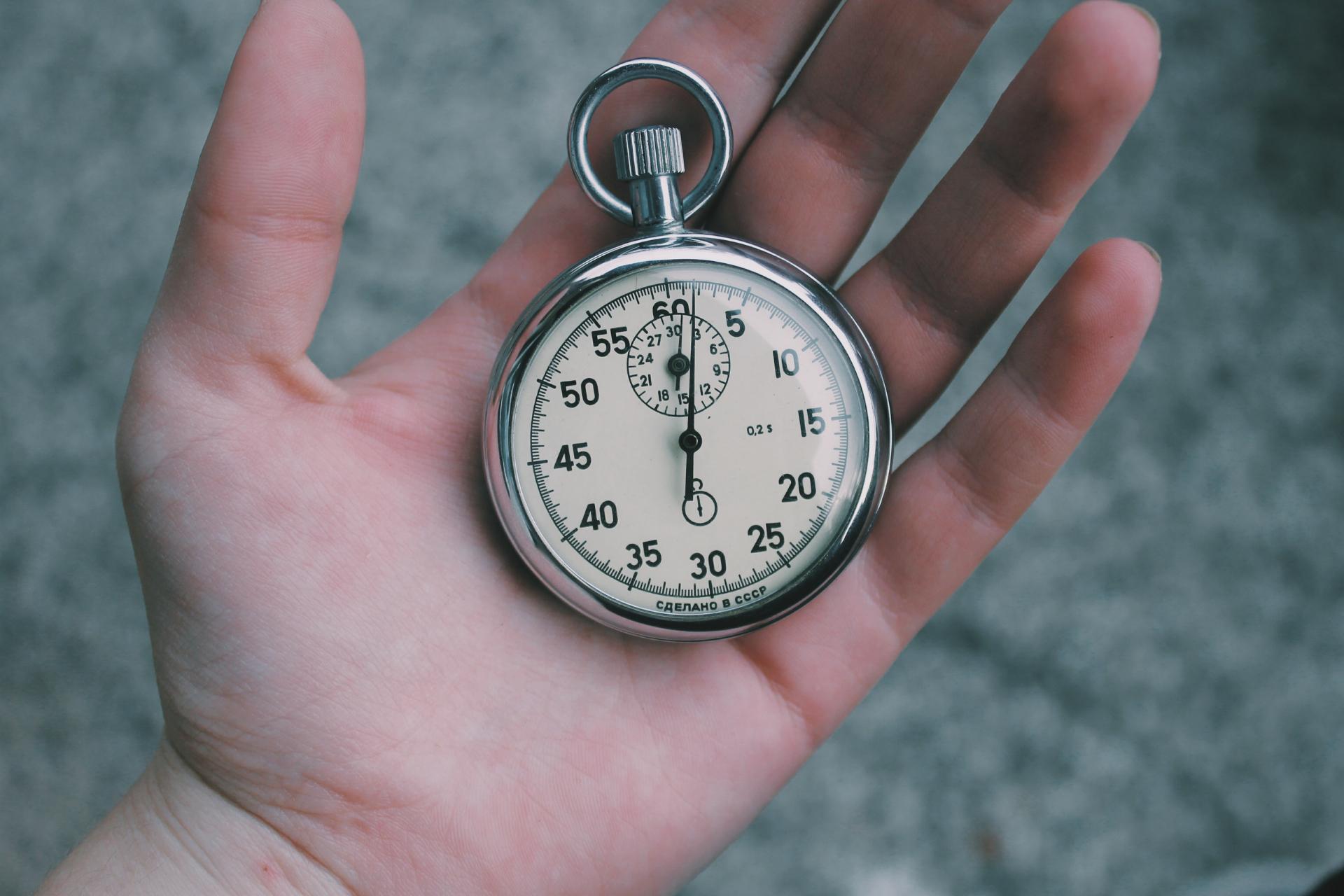
The timing of the goal means that you should set a time limit to achieve the goal — which is also recommended to be a realistic timeframe.
This is very important so that you can take the time to create solutions or make decisions that help you achieve your goals.
It will also give you time so that you can study the results, rather than getting ahead of yourself by having high expectations about the effectiveness of your methods.
Continuing with my example, I will have to add one more line to my goal.
My goal is to increase delivery orders:
- By 50%.
- In three months.
- Adding this service to my social media marketing strategy.
- To my website.
- And designing a physical banner to place in my restaurant.
Considering that my objective must be measurable and that marketing campaigns take time, I believe that three months is enough for it to take effect and to obtain consistent results.
6. Create a System That Allows Your Achievements to Endure
I have created this step to emphasize creating systems that allow you to make your achievements the new normal.
For example, if I get my delivery orders to go up 50%, I don't want them to go down in the months after I achieve this goal.
Instead, I want them to be like this constantly, and to grow from then on.
For this reason, I will create a calendar of monthly publications that allows me to remind my social media followers that I offer a delivery service in my restaurant.
Thus, I’ll make sure that this service stays in the minds of my diners, and that sales stay at levels close to or above 150 per month.
7. Update Your Goals

In addition to creating systems so that each achievement endures, I recommend that you also update your objectives so that you can maximize your results as much as you can.
For example, in the following months after having achieved my goal and having created a system to maintain it, I want to increase my orders again by 20%.
This step can be applied until your goal is minimal, to eliminate common mistakes, and to improve your restaurant even more.
Sure, it's a good idea to do this after reaching other goals that improve other aspects of your business. This way you make your restaurant improve in all areas, instead of having a highly developed area, and the rest full of weaknesses.
How Many Goals Should My Restaurant Have?
Your restaurant doesn't have to have 100 goals for it to grow.
Instead, it is a better idea that each semester or each year you focus on a few specific objectives that help your restaurant grow in different areas.
I recommend that you create a maximum of three general objectives and about three specific objectives per each general objective.
This way you can keep your restaurant growing at a steady rate at all times.
A Project Without Objectives Is Not Viable!
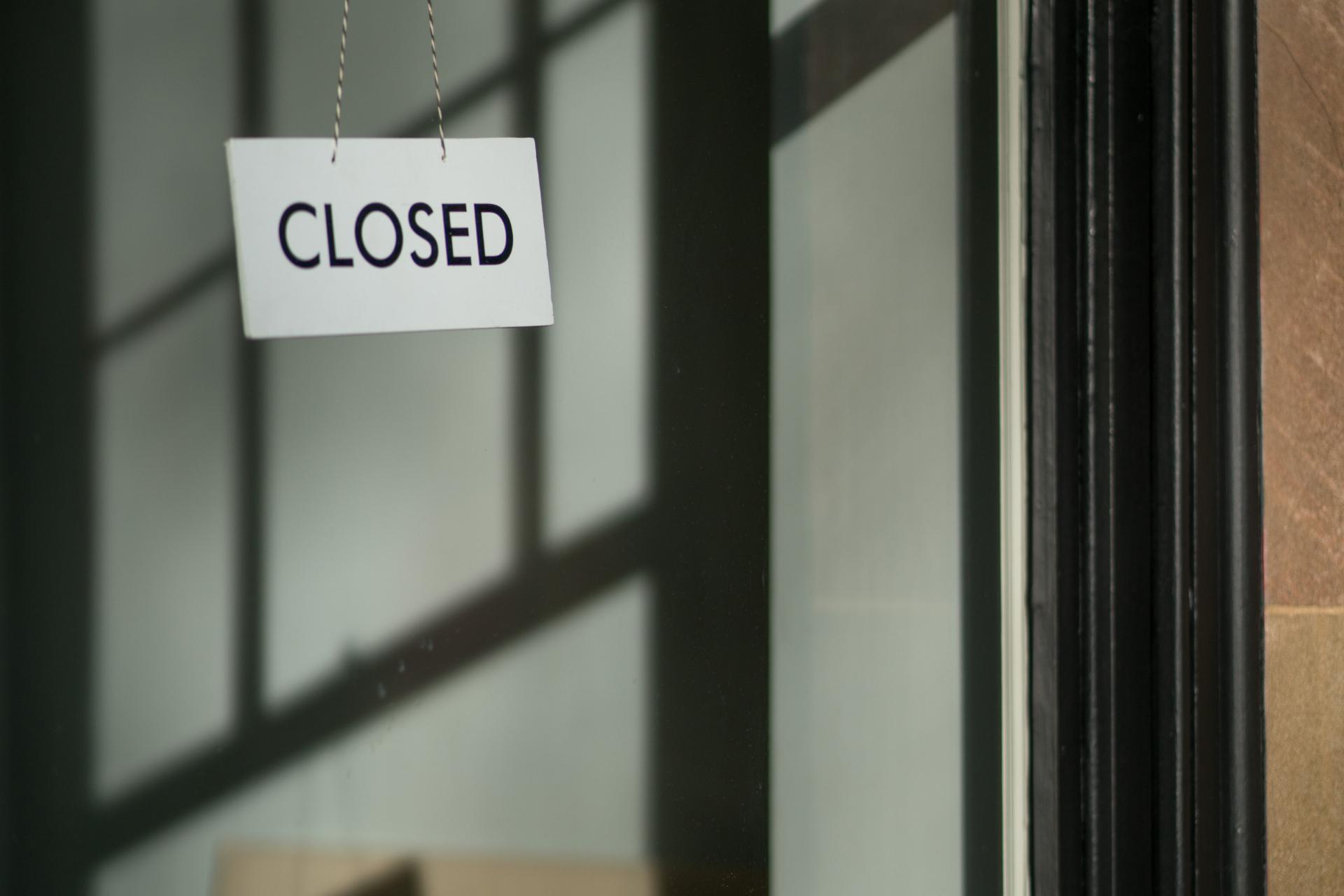
A business that has no objectives cannot grow or improve its activities. There is no such thing as a nihilistic business.
If you feel that your business is stagnant, that you haven’t achieved the goals that you had in mind, it is a good idea to consider creating new goals using these steps.
One benefit that I haven't mentioned so far is that having and achieving your restaurant's goals is a great motivation for success, both for you and your employees.
Are you creating the goals your restaurant needs to be successful? I hope so!
